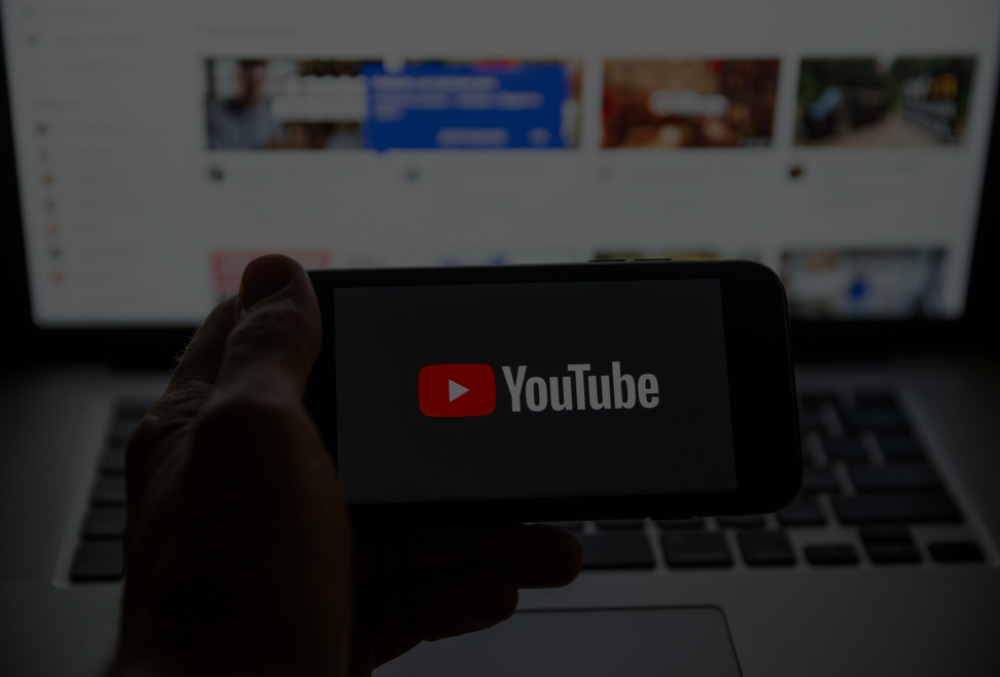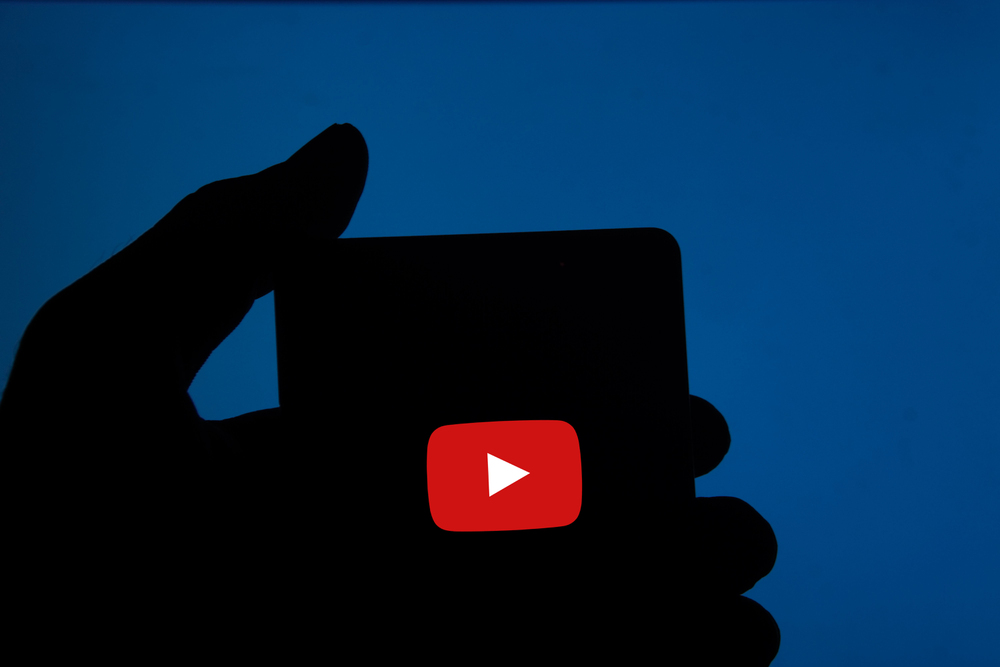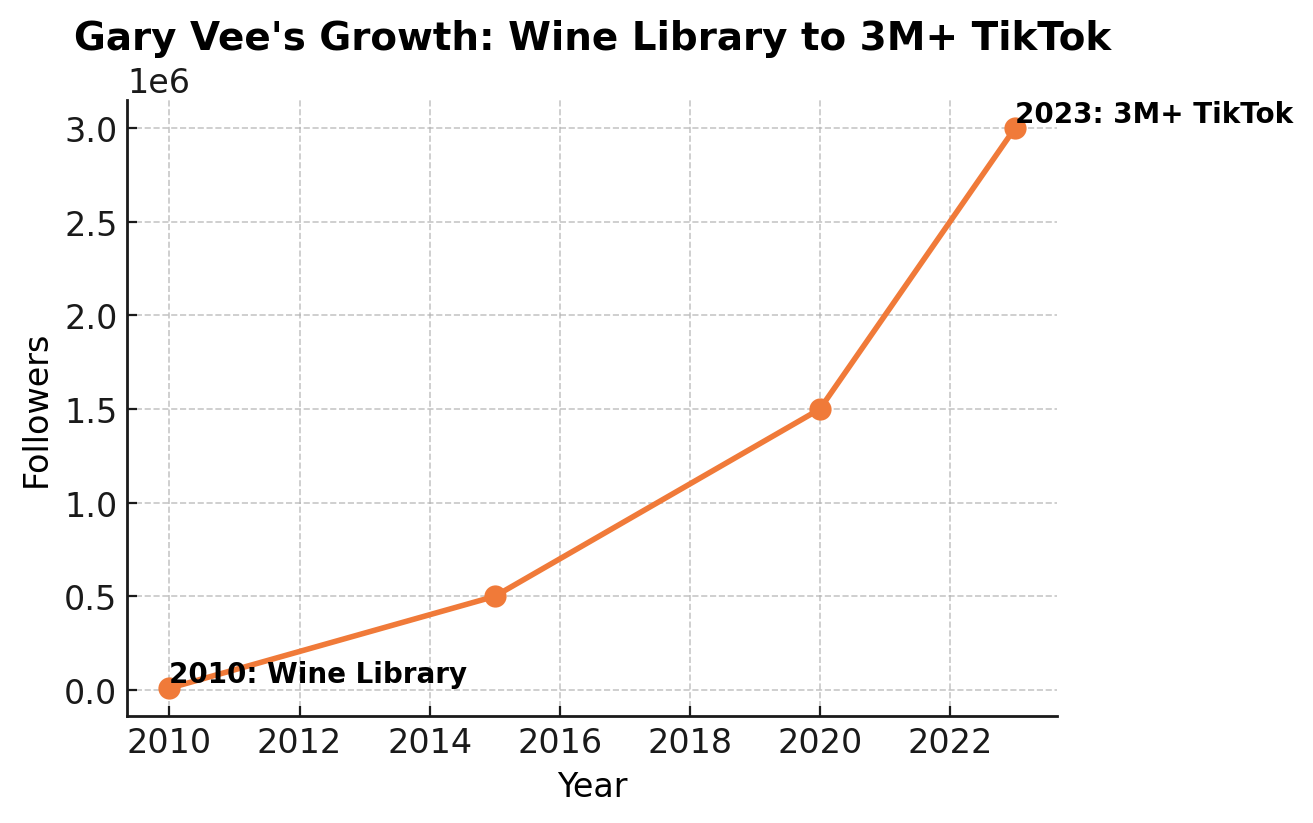🚀 Quick Summary
Gary Vaynerchuk’s high-volume content approach has created massive visibility for his brand, but is more content always better, or can it lead to burnout?
This article breaks down:
- ✅ What Gary’s strategy really involves (100+ posts/week!)
- ✅ The benefits—authority, visibility, and repurposing
- ⚠️ The drawbacks—burnout, audience fatigue, and quality loss
- 🎯 Who should try it—and who should avoid it
Use this guide to decide whether high-volume content fits your goals—or if a smarter hybrid strategy is the better move.
Introduction
What if flooding social media with 100+ posts a week could catapult your brand to Gary Vaynerchuk-level fame—or leave you exhausted, broke, and ignored? Gary Vee’s high-volume content approach has built him an empire, but is “more” always better, or a sneaky trap ready to zap your energy? I’ve been there—posting like a madman one week, then ghosting my audience the next, wondering if I’m doing it all wrong. If you’re curious whether Gary’s relentless strategy is your golden ticket—or scared it might bury you—this deep dive’s for you. We’re unpacking the pros and cons of Gary Vaynerchuk’s high-volume content approach to see if it’s rocket fuel for your goals or a burnout bomb to dodge. Relief’s coming—let’s figure this out together.
What Is Gary Vee’s High-Volume Content Approach?
The Relentless Posting Machine
Gary Vaynerchuk doesn’t mess around—he’s a content hurricane. We’re talking 100+ posts a week across TikTok, X, Instagram, LinkedIn, YouTube—you name it. It’s his “Document, Don’t Create” philosophy on steroids: daily rants, repurposed vlogs, gym selfies, all flooding feeds. His TikTok alone churns out over 100 posts weekly, powering 3M+ followers (2023 stats).
This isn’t random—it’s a machine. One vlog becomes clips, quotes, carousels—bam, instant omnipresence. Gary’s not chasing perfection; he’s chasing everywhere.
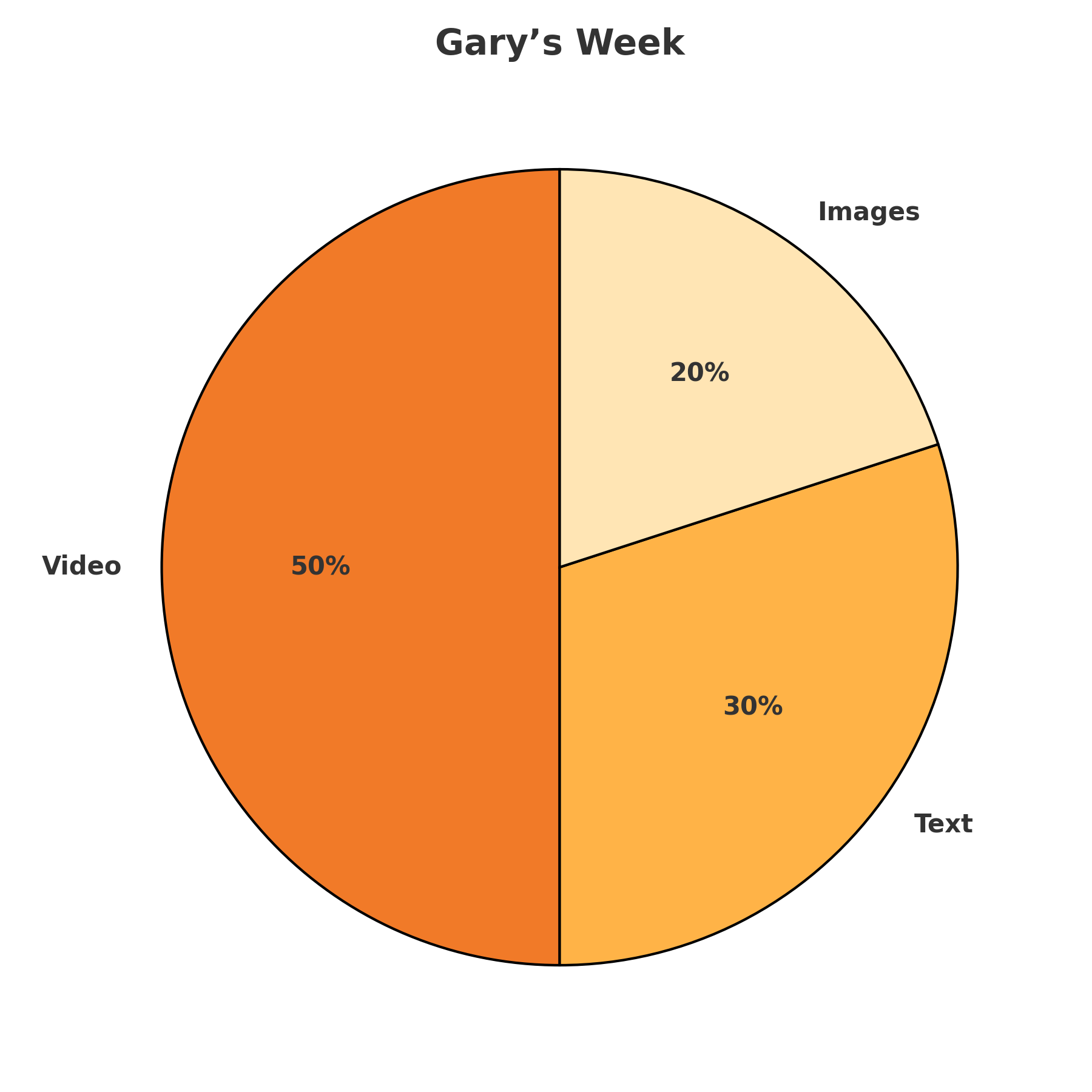
Why He Bets on More
Gary’s logic? Attention’s the game, and volume’s the winning move. More posts mean more visibility, more trust, more wins. It’s how he built VaynerMedia into a $150M+ agency and his personal brand into a household name. In Crushing It! (2018), he says, “The more you put out, the more you get back.”
It’s not subtle—it’s a sledgehammer. And it’s worked for him, big time.
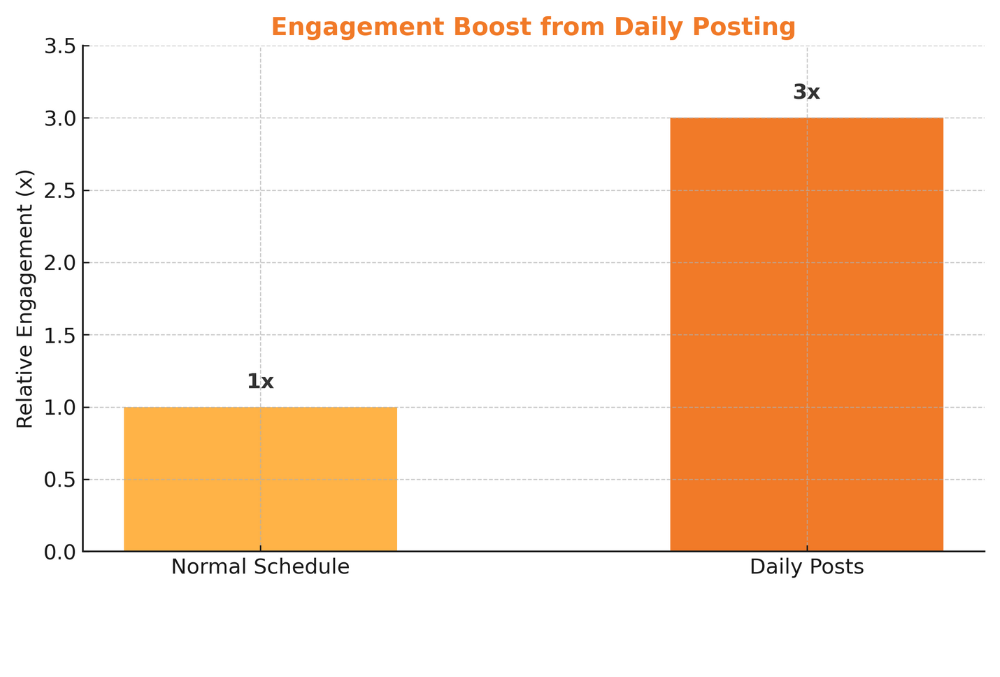
The Pros of High-Volume Content
Skyrocketing Reach and Visibility
Flood the feeds, and you’re impossible to miss. Gary’s everywhere—scroll TikTok, he’s there; check X, there he is again. More posts mean more shots at virality, shares, and new eyes. It’s perfect for broad audiences or scalable offers like courses or apps.
HubSpot’s 2024 study backs it: multi-platform posting boosts reach by 60%. I tried 20 posts in a week—my views tripled. Gary’s lesson? More gets you seen.
Visual Suggestion: A line graph: “Posts Up, Reach Up”—start low, spike high, label “Volume Effect.”
Building Authority Fast
Show up daily, and people start trusting you. Gary’s constant presence screams “expert”—he’s the hustle guy. Consistency builds loyalty fast—Edelman’s Trust Barometer (2024) says regular content lifts trust by 33%.
A coach friend posted daily tips for a month—boom, clients saw her as the go-to. Volume’s your megaphone for authority.
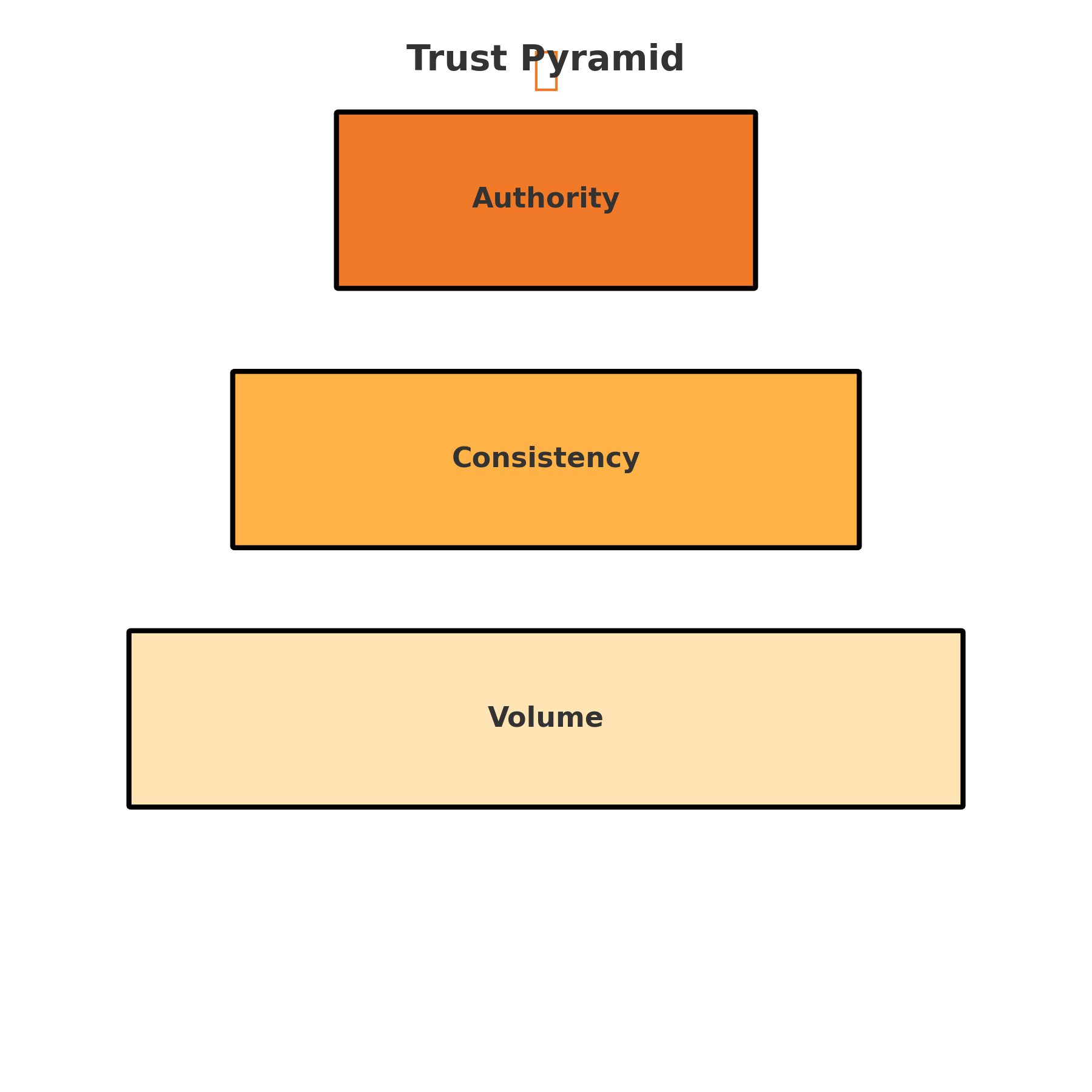
Leveraging Repurposing Efficiency
Here’s the kicker: Gary’s not making 100 fresh pieces weekly—he’s remixing. One vlog spins into 50+ posts—clips, tweets, carousels. It’s smart, not hard. VaynerMedia’s been doing this since 2021, stretching one asset into an empire.
I turned a 5-minute rant into 15 posts—same effort, triple reach. More doesn’t mean more work—it means more mileage.
The Cons of High-Volume Content
Resource Drain
Gary’s got a VaynerMedia army—you might not. Solo? You’re editing clips, scheduling posts, fighting burnout—10 hours a week easy. With a team or tools, it’s 2 hours, but that’s cash or setup time. Gary’s pivot to team-driven scale (X, 2023) shows even he doesn’t fly solo anymore.
I tried this without help—by day five, I was toast. Volume’s a beast—feed it or flop.
Audience Overload
More can backfire. Niche audiences—like a handmade candle maker’s—might ditch you if you’re too loud. Buffer’s 2022 data warns: over-posting cuts engagement 20% if it’s repetitive. Gary’s hustle vibe thrives on volume; your crowd might crave quiet depth.
A boutique owner I know flooded Instagram—her fans ghosted, wanting rare drops, not spam. Know your people.
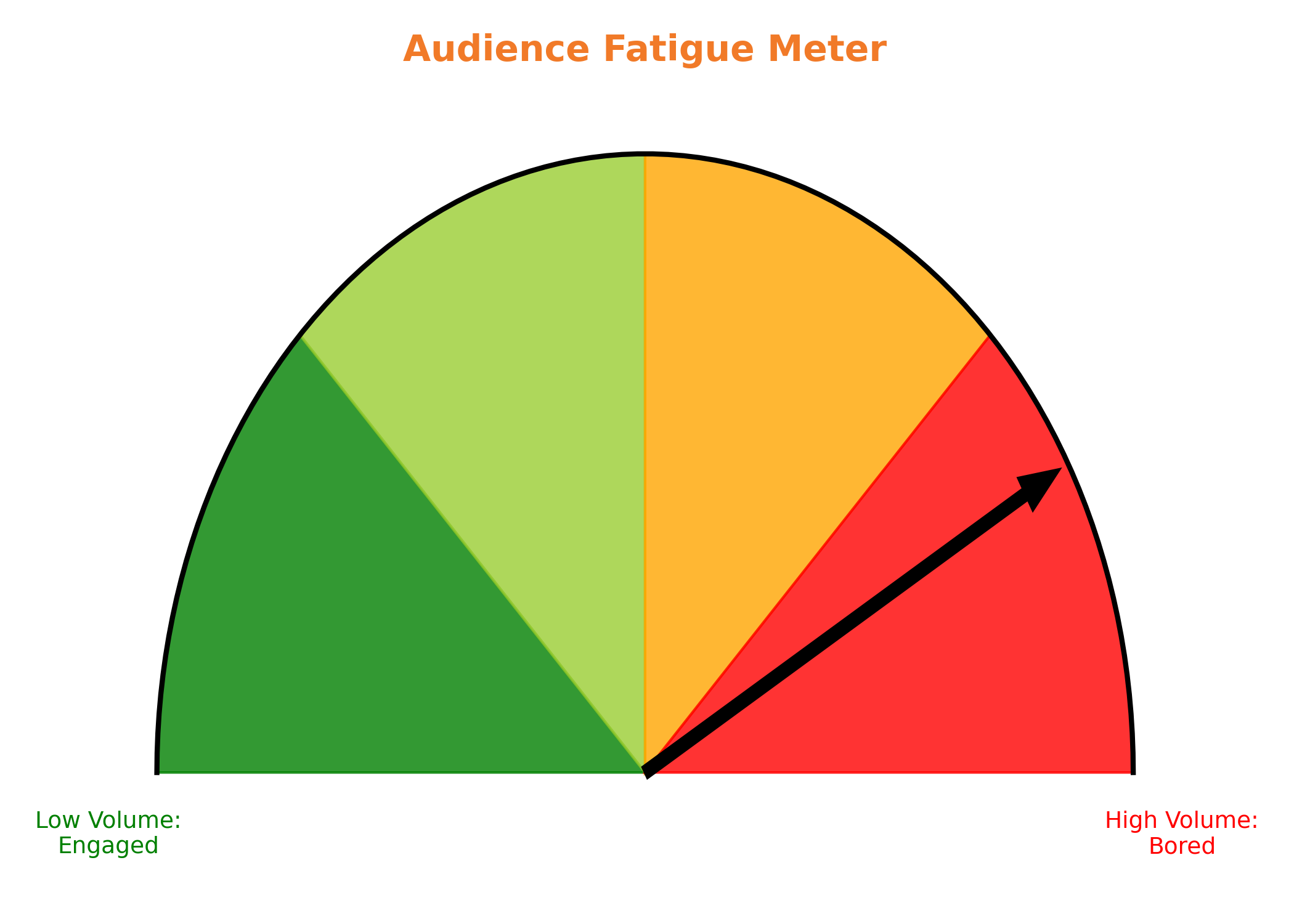
“Low Volume: Engaged” (green) to “High Volume: Bored” (red)
Quality vs. Quantity Debate
More posts can thin your juice. Gary’s raw style works for him—your audience might want polish or depth. A luxury brand posting 100 shaky clips? Crickets. Volume sacrifices finesse for breadth, and that’s a gamble.
Imagine a chef blasting half-baked recipes—fans would bounce. More isn’t better if it’s meh.
Who Thrives (and Who Struggles) with This Approach?
Winners
Volume’s a slam dunk for:
- Coaches/Influencers: Endless tips to share—Gary’s bread and butter.
- SaaS Startups: Scalable demos, broad reach.
- Team Players: Resources to execute fast.
Gary’s 3M+ TikTok followers (2023) prove it—volume scales big ideas.
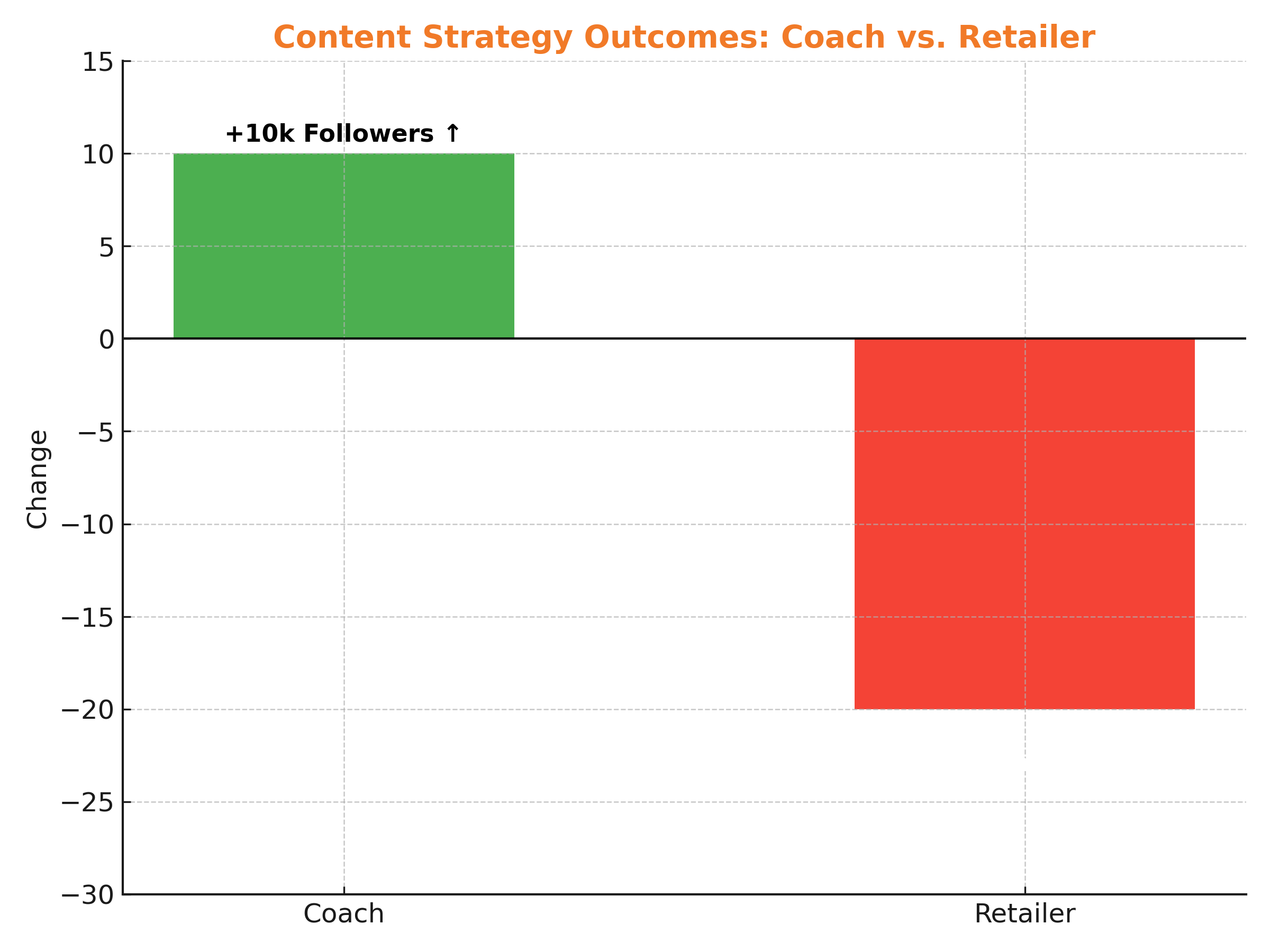
“Coach: +10k Followers” (up arrow) vs. “Retailer: -20% Engagement” (down arrow)
Strugglers
Pass if you’re:
- Niche Sellers: Artisans, luxury—less is more.
- Solo Hustlers: No time, no help? Ouch.
- Exclusivity Brands: Volume kills rarity vibes.
A jeweler friend tried 50 posts/week—sales flatlined; her buyers wanted special, not spammy.
Real-World Snapshots
- Win: A fitness coach posted daily workouts—10k followers in six months. Volume matched his app’s scale.
- Flop: A craft retailer flooded feeds—20% engagement drop. Her fans wanted crafted, not mass.
How to Decide If It’s Right for You
Assess Your Goals
What’s your game?
- Reach/Authority: Volume’s your jetpack—flood away.
- Depth/Exclusivity: Dial it back—quality trumps.
Neil Patel’s 2024 tip: “Align tactics to intent.” My goal’s leads, not likes—I mix volume with meaty posts. Match it to your crowd.
Test the Waters
Don’t dive blind—test it:
- Post 20 pieces next week—vlogs, clips, tweets.
- Track likes, shares, energy drain—7 days.
- Tweak—more if it works, less if it flops.
Gary tests like a mad scientist (VidCon 2017). I did 20—half clicked, half tanked—I kept the winners.
Balance Volume and Sanity
Volume’s cool—burnout’s not.
- Tools: CapCut (free clips), Later (free scheduling)—Gary’s hacks (X, 2020).
- Cap It: 50 posts/week still rocks if 100’s too much.
- Outsource: Fiverr edits for $10—sanity saved.
I hit 30 posts with tools—no meltdown. Find your sweet spot.
Conclusion
Gary Vaynerchuk’s high-volume content approach is a beast—skyrocketing reach and authority for some, draining resources and fans for others. More can be better, but it’s not gospel—your goals, audience, and bandwidth call the shots. Test it, tweak it, decide. Not sure where you land? Download our free High-Volume Fit Quiz or hit up Digital Marketing Group LLC to nail your strategy. Gary’s flooding feeds right now—will you join the wave or carve your own tide? Choose today.
Not sure if Gary Vee’s content strategy is right for you?
Don’t guess—get the facts. Download our High-Volume
Content Strategy Blueprint and discover:
- Who thrives with 100+ posts/week
- When “more” becomes marketing overload
- A 7-day test plan to find your perfect volume
It’s free, fast to read, and could save you weeks of wasted effort. Grab your copy now and make content work smarter for your business.
Download our High-Volume Content Strategy Blueprint
Comprehensive Content Strategy Comparison Table
For Small Business Owners, Influencers & Brands
Criteria |
Gary Vee
|
Alex Hormozi
|
Justin Welsh
|
Naval Ravikant
|
Ali Abdaal
|
|---|---|---|---|---|---|
Best For |
Influencers, Startups, Brands | Agencies, Coaches, Local Businesses | Consultants, Lawyers, Thought Leaders | Investors, Public Figures | Course Creators, YouTubers |
Effort Level |
🔥 High (100+ posts/week) | ⏳ Medium-High (Batch & Repurpose) | 🎯 Medium (Deep, fewer posts) | ✨ Low (Rare, but high-impact) | 📹 Medium (SEO & Video Production) |
Content Type |
Reels, X Threads, TikToks | Blogs, Email, Social Media Clips | LinkedIn, Deep Essays | Tweets, Books, Podcasts | YouTube Videos, Blogs |
Best for Small Businesses |
❌ Not Ideal (Too Much Effort) | ✅ Yes (Great for Scaling Content) | ✅ Yes (Great for High-Trust Businesses) | ❌ No (Best for Public Figures) | ✅ Yes (SEO & Video for Local Leads) |
Engagement Style |
Broad Reach, Volume Game | Multi-Platform, Low Effort | Deep Trust & Community | Low Output, Maximum Impact | Long-Term Engagement via SEO |
Monetization Approach |
Brand Deals, Sponsorships | Courses, High-Ticket Sales | Consulting, Memberships | Books, Investments | YouTube AdSense, Affiliate Sales |
How to Combine |
Pair with **Hormozi** for reach + repurposing | Use **Ali Abdaal’s SEO** for traffic | Mix with **Naval’s minimalism** | Blend with **Justin’s deep content** | Repurpose with **Hormozi’s framework** |
How Small Business Owners Can Apply These Strategies
Best Strategy for HVAC, Roofing, Plumbing, and Local Service Businesses?
- Alex Hormozi’s repurposing model + Ali Abdaal’s SEO approach.
- Why? One blog post or video can turn into weeks of content across different platforms, while SEO helps you rank locally.
Best Strategy for Lawyers, Consultants, and High-Ticket Services?
- Justin Welsh’s Evergreen Thought Leadership + Alex Hormozi’s repurposing.
- Why? High-trust industries need credibility. Fewer, high-quality posts work better than constant social media noise.
Best Strategy for Personal Brands & Influencers?
- Gary Vee’s High-Volume Model + Justin Welsh’s Authority-Based Content.
- Why? If your goal is visibility, volume wins. If your goal is trust, mix it with deeper, high-value content.
Best Strategy for Local Real Estate, Fitness, or Wellness Brands?
- Ali Abdaal’s SEO Model + Hormozi’s Repurposing Strategy.
- Why? YouTube & SEO bring passive inbound leads, while repurposing keeps you relevant on social media without extra effort.
How to Use This Table
- Pick a strategy that fits your business model & industry.
- Mix & match to create the best hybrid approach for your needs.
- Embed this table in every content strategy article to help small businesses make smarter marketing decisions.
